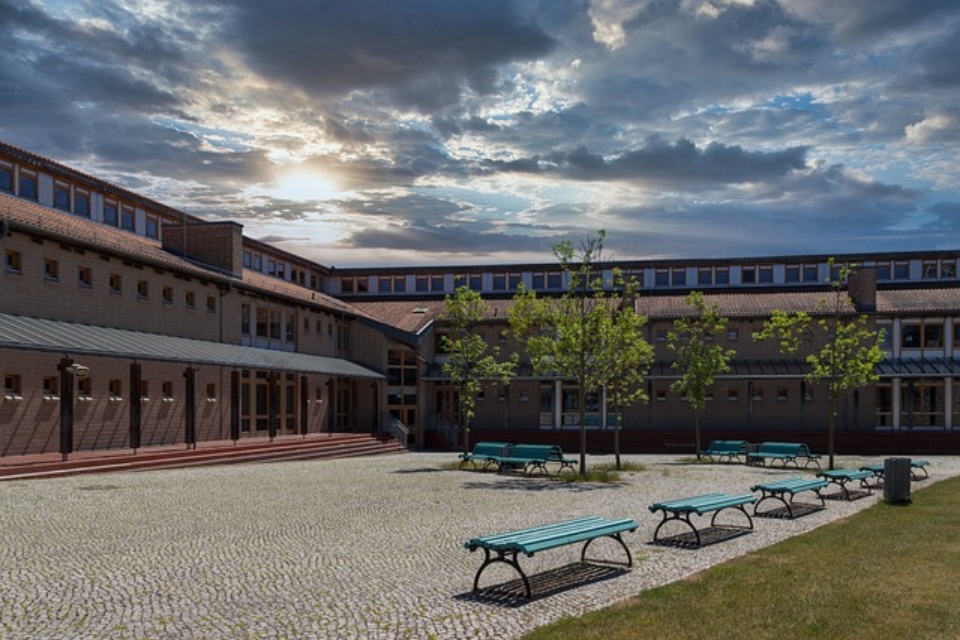 By Rachel Houghton (pictured), Managing Director, Business Moves Group
By Rachel Houghton (pictured), Managing Director, Business Moves Group
As education institutions strive to achieve sustainability goals, facility managers are coming under increasing pressure to maximise efficiencies in their estates. On top of that, a growing number of students are demanding that their universities prioritise sustainability, recognising its importance in shaping a better future.
One area that often goes overlooked but can have a huge impact on an estate’s sustainability is physical asset management, including furniture and IT equipment.
This article explores the significance of sustainable asset management in educational institutions, highlighting the benefits of adopting a detailed digital inventory system that enables informed decision-making and fosters a culture of sustainability…
The student perspective: A drive for sustainability
Recent surveys have shed light on the pressing need for sustainability in educational institutions. According to an NUS survey, more than 60 per cent of university students expressed a strong desire to learn more about sustainability. Furthermore, 87 per cent of students agree that their universities should take sustainability seriously.
A Times Higher Education survey revealed that prospective university applicants now rate sustainability alongside graduate employment prospects as a top priority when considering their educational options.
These statistics underline the growing awareness and concern among students regarding environmental issues, demonstrating the urgency for educational institutions to align their practices with sustainable principles.
Failure to do so could start to impact the bottom line, which may be the wake-up call that some senior leadership needs.
Preparing the future education workforce
The sector may even face challenges regarding its future workforce if sustainability is not addressed. In a survey from April, 90 per cent of respondents who would like a career in education said they were concerned about climate change, and 79 per cent said they would like or have liked to have learned more about it during their education.
On the one hand, it’s great that our future educators are so keen to promote a sustainable agenda. However, it may be that those institutions that fail to demonstrate their environmental credentials lose out on top talent in the years ahead.
Clearly, there are numerous reasons to make sustainability a priority – and this is without mentioning the obvious one, which is that it’s imperative for our planet.
Asset management
Asset management, also called asset verification, is the practice of managing all physical assets within an estate. For schools and universities, this primarily consists of furniture and IT equipment.
These assets play a crucial role in determining an institution’s environmental impact and resource utilisation. Did you know that the average office chair has a carbon footprint of 72 kgCO2e, while a six-person bench desk is 228 kgCO2e.
A lot of this footprint is embodied carbon – the carbon generated during the manufacture of an item. So, avoiding buying new items is the best way to be more sustainable. This is best achieved through reusing or repurposing an item.
In order to make strategic decisions, facility managers must have a comprehensive, real-time overview of their assets.
Leveraging digital inventories
One effective approach to sustainable asset management is the adoption of detailed digital inventories. By creating a comprehensive inventory that includes item condition, age, location, and carbon footprint, along with pictures, educational institutions gain a clear overview of their assets.
This data-driven approach empowers estate managers to make informed decisions that align with sustainability objectives.
- Informed decision-making
Digital inventories provide estate managers with valuable insights into asset utilisation. For example, it may show that there are desks going unused on one site. When another site or department determines it needs new desks, facility managers will be able to flag the spare inventory.
- Waste reduction and cost savings
Sustainable asset management practices enable educational institutions to minimise waste and adopt a circular economy approach. Through meticulous tracking, assets can be repurposed, repaired, or appropriately discarded at the end of their lifecycle. This approach minimises waste generation and optimises resource utilisation, leading to both environmental benefits and cost savings.
- Community engagement
There may be times when an institution has unwanted furniture or IT equipment that is still in working order. One option is to donate those items to local charities. There are many charities that are in need of such items and it’s a great way to support and engage with the local community.
- Cultivating a sustainable culture
Sustainable asset management practices not only yield immediate environmental and financial benefits but also foster a culture of sustainability within educational institutions. By prioritising sustainable asset management, institutions send a powerful message to students, staff, and the broader community about their commitment to environmental stewardship. This emphasis on sustainability can inspire and educate the future generation, cultivating a mindset that integrates sustainability into all aspects of life.
In summary
In the face of mounting environmental concerns and student expectations, educational institutions must prioritise sustainability as a core component of their operations. Sustainable asset management, often overlooked but highly influential, offers institutions a powerful opportunity to reduce their environmental impact and generate cost savings.
By adopting digital inventories and leveraging data-driven decision-making, educational institutions can cultivate a sustainable culture that resonates with students and establishes the foundation for a greener future.






Leave a Reply